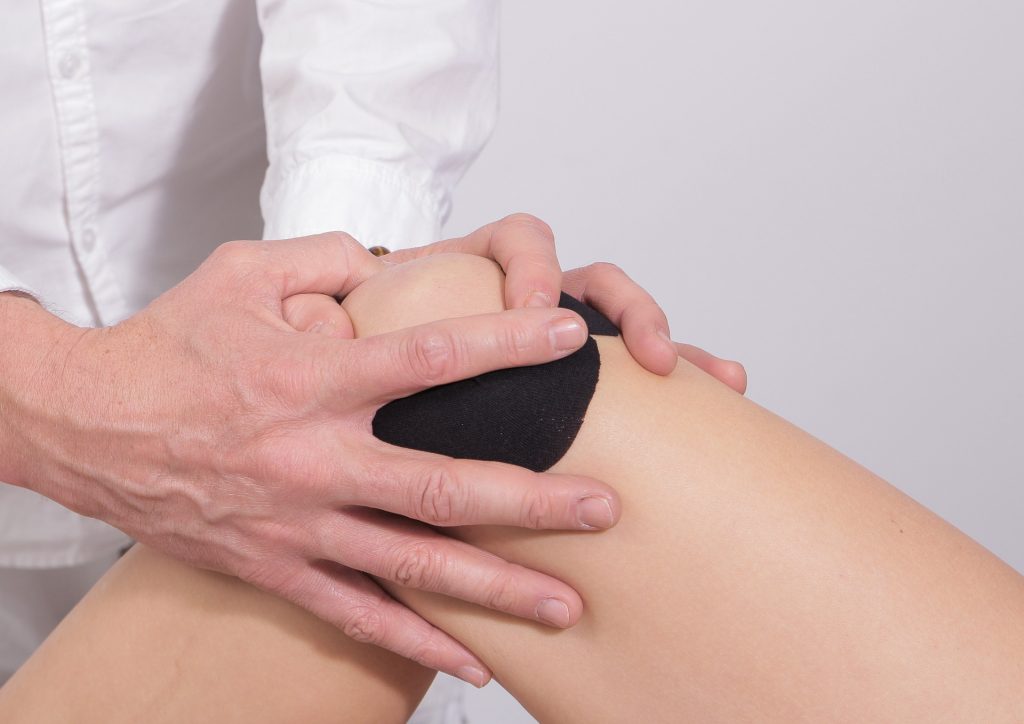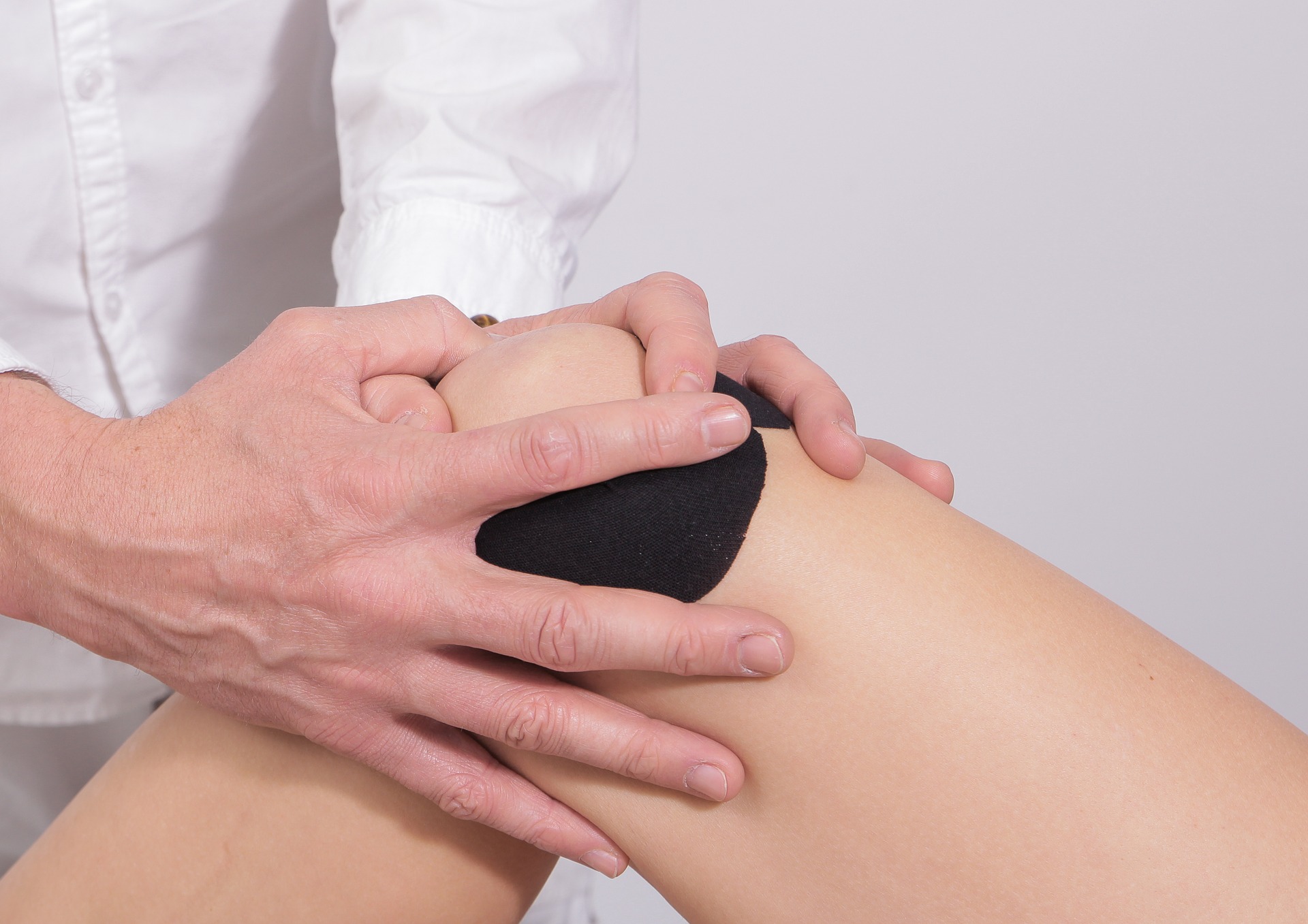
Did you know consistent inflammation and loss of cartilage leads to osteoarthritis?
Cartilage is very important for your bone and joint health.
It’s the smooth, rubbery connective tissue covering the ends of your bones.
With its main function to cushion joints and help them move smoothly, cartilage is both
tough and flexible.
In today’s article, we will be talking about early signs that indicate cartilage in your
body is weakening.
Can cracking and popping sounds be a symptom?
What about deformities in the knees as well as pain and loss of joint space?
We will be talking about all of this AND more…
Crackling or popping sounds
Have you ever noticed your knees, knuckles or other joints making uncomfortable sounds?
Like crackling, popping, grinding or creaking?
Medically, this is known as crepitus and can be a sign that not all is well with your cartilage.
You may hear these sounds when you bend down or try to straighten your knees.
This occurs when some of your cartilage gets damaged.
Because of your damaged cartilage, rough surfaces and bone spurs may develop.
This in turn causes the crackling sounds when you move, as the joints rub against each other.
Don’t be alarmed if you hear crackling sounds and have no pain.
There could be an entirely separate minor issue.
For instance, a ligament or tendon may snap over a bump.
Your ligaments will have tightened and there could be air bubbles inside the joint, causing
the pop sound.
Another big reason for these sounds might be osteoarthritis, which is caused by weak
cartilage.
Experiencing pain and stiffness isn’t always the case.
Research has shown that around 75% of people suffering from knee osteoarthritis experienced
grating and cracking sounds that with time progressed into advanced symptoms.
So the next time you do hear these sounds, don’t just shrug them off.
Loss of joint space
Cartilages are normally formed around bones where it cushions the joints.
They don’t have any blood supply.
Once damaged, the recovery is difficult.
This is why detecting damage as early as possible is important.
You can also pay attention to the amount of space between your joints to confirm whether
or not you really have a weak cartilage problem.
In fact, this is a crucial tool that doctor’s use to evaluate arthritis.
Narrow joint space is a tell-tale sign that your cartilage isn’t doing what it’s supposed
If your cartilage is damaged or wearing away, a hollow space will be created around bones.
This is Joint space narrowing (JSN) and can be easily determined through X-rays.
In fact, your doctor will use it to determine what type of treatment you should be given.
A study in 2015 reported that join space narrowing, knee pain and weak cartilage are all interconnected.
When your cartilage is healthy, it makes it easier for your joints to move.
Your bones will be able to glide smoothly over one another without any friction because
cartilage is there to act as a cushion and shock absorber.
But all of this goes kaput when your cartilage is unable to act as a cushion.
It can be due to an injury or just wear and tear.
Remember, JSN is just the start.
So catch the problem in its beginning stage and uproot it.
Are you finding the list useful so far?
Well, this next point will surely surprise you.
Knee Buckling
Have you ever experienced weak and wobbly knees?
As if one or both of your knees just gave up?
This knee instability is called knee-buckling and it may be accompanied by pain.
You will be surprised to know how common this problem is.
Though it affects people of all ages, research has found that around 11.8% of adults, aged
between 36 to 94, report at least one knee-buckling episode every three months.
Experiencing wobbly knees once or twice because you stumbled is normal.
But if it’s an everyday occurrence, especially when you are climbing stairs or walking, you
need to address the root cause.
And more often than not, it’s your weak cartilage acting up.
There are several reasons for knee-buckling.
Your tendon that joins the bones to muscles could be damaged.
This will affect the stability of your knee.
You may also have experienced a traumatic injury that damaged your knees, making the
joint unstable.
All of these will lead to buckling and locking.
And not just that, but weakening cartilage and rubbing of joints can also give rise to
bone spurs.
This gives way to a bumpy surface causing your joints to lock up.
As a result, you will face difficulties in bending and straightening out.
Swelling or Tenderness
Unfortunately, your cartilage does not just experience wear and tear.
It can also become inflamed.
Certainly not a pleasant thing to experience!
To keep your cartilage healthy, a membrane known as synovium produces a thick liquid.
If your cartilage gets worn and torn, the synovium becomes inflamed.
The result is the extra fluid joint, which is never a good thing.
The synovial thickening along with extra fluid causes swelling and tenderness in the joints.
This makes simple movements like walking difficult for you.
If your cartilages keep on deteriorating, even the adjacent bones become affected.
They won’t get the synovium fluid and necessary cushioning provided by cartilage.
And when these bones rub onto each other during movements, there will be friction causing
pain and inflammation to the surrounding tissues.
Looks like if you avoid the initial symptoms of inflammation in cartilage, you set yourself
up for more joint damage.
A gradual increase in pain
The good thing about pain generated due to cartilage issues is that it develops slowly.
But this doesn’t mean you should take it lightly and ignore until it starts bothering
you consistently.
Address the issue when it’s starting out.
If you have weak cartilage, you will notice the pain starts as soon as you get up in the
morning.
Everything from climbing stairs to getting up from a chair suddenly will hurt.
And in rare cases, the pain might start without warning.
Several people report that the pain initially starts with small joints, spreading symmetrically
on both sides of the body.
You can look for additional signs too.
For instance, the joints where you’re experiencing pain might become red and warm due to inflammation.
Pain caused by weak cartilage is usually aggravated by harsh conditions like cold climate, physical
stress, lack of proper exercise, etc.
The biggest mistake people make is that even though the symptoms usually take years to
develop, they wait until it’s unbearable.
Get yourself checked as soon as the first symptom shows up.
Difficulty in movement
Well if you’re experiencing difficulties in movement, one thing is clear- your joints
and bones aren’t in the best health.
And weak cartilage is often the main culprit.
It could be an injury to the knee cartilage, making it hard to move your knee while walking,
or standing up from a sitting position.
If left unchecked, you will face difficulties bending your knee permanently.
Continuous pain and swelling might become part of your life.
Even long periods of immobility or inactivity can damage your cartilage.
If you have close relatives or family members with difficulty moving, you are also at risk.
Genetics play a huge role.
In short, stop procrastinating and figure out the root cause of your painful movements.
Deformities of knee
Have you experienced a weird change in the shape of your knee?
Like something is definitely off about it?
No, you aren’t being weird.
This is concerning because cartilage issues can lead to deformed knees.
In fact, if you have deformed knees, there is risk that your cartilages are damaged to
a great extent.
The severity of deformity will depend upon the extent of cartilage damage.
But how did this even happen?
Well, cartilage issues cause inflammation.
When left unchecked for a long period, it causes permanent damage to cartilage and tendons.
As a result, the shape and appearance of your knee gets altered.
Cartilage issues can also cause the muscles around your bones to shrink, giving your knees
deformed appearance.
They may either look like pointing to each other or may appear slightly outward.
In case, the cartilage on the inside of your knees wears down, it will cause your legs
to bend outwards.
Have you noticed any of these signs?
Do you think you have weak cartilage?
Let us know in the comments below.
We would love to hear you!







